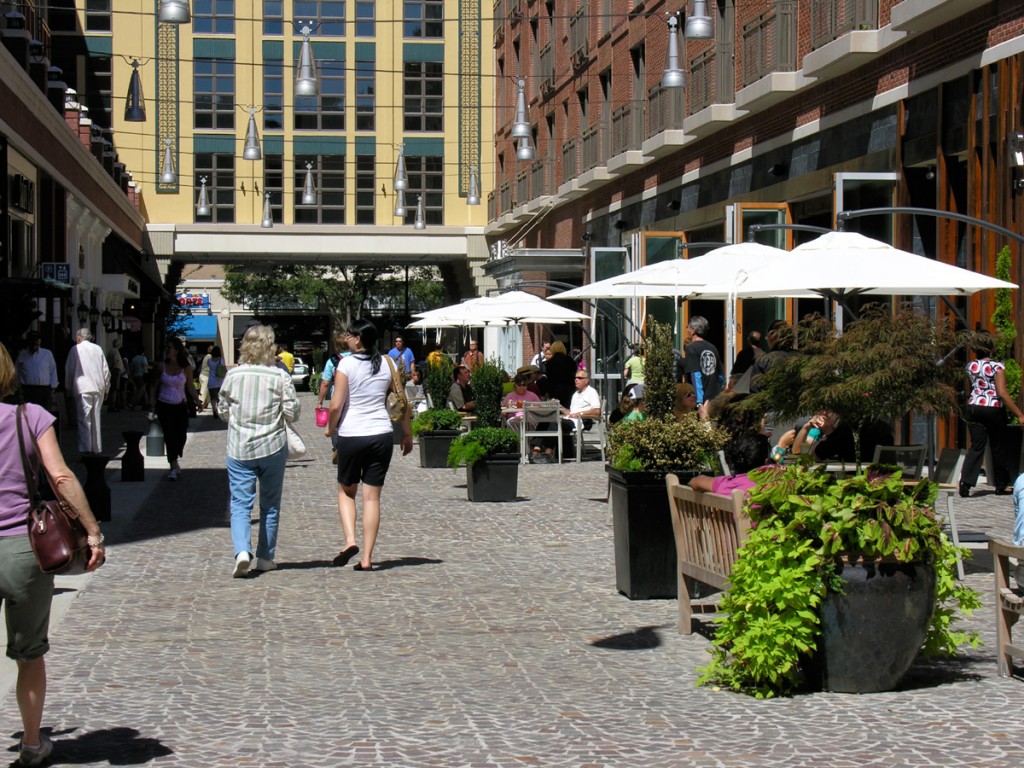
For the first time, Smart Growth America has gathered enough comparable development data to determine a national average of what communities can expect to save by using smart growth strategies.
Smart growth, most genreally described as an efficient use of land by building mixed uses near each other in a well-connected pattern of walking, biking, and transportation options. Kind of makes quick back of the envelope sense. If communities don’t have to spend to extend roads or water and sewer pipes, or if an ambulance doesn’t have to drive as far, or if residents can use a renovated and expanded existing library, communities eat up fewer tax dollars. More efficient use of new and existing infrastructure has long term budget … Continue reading
